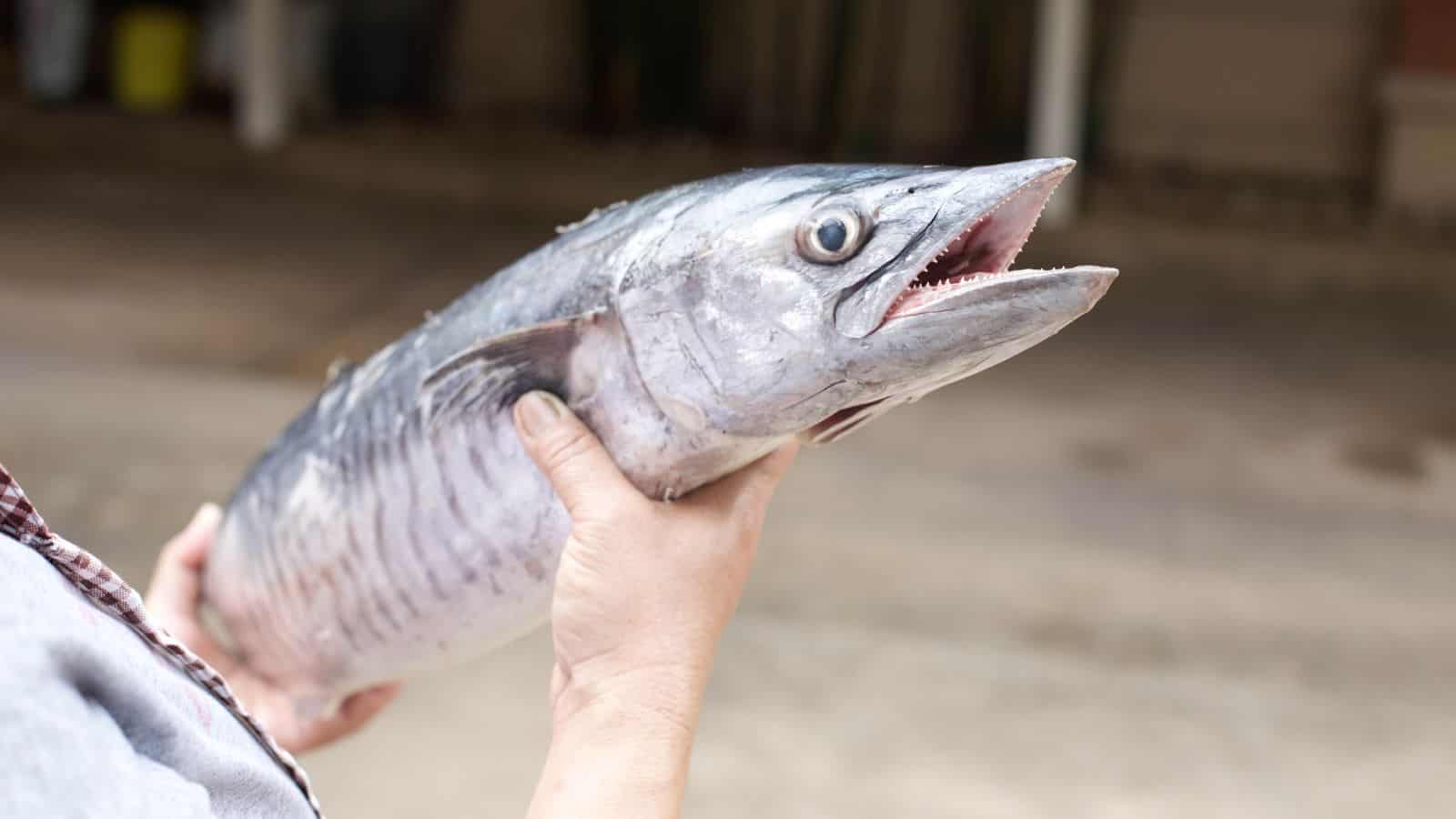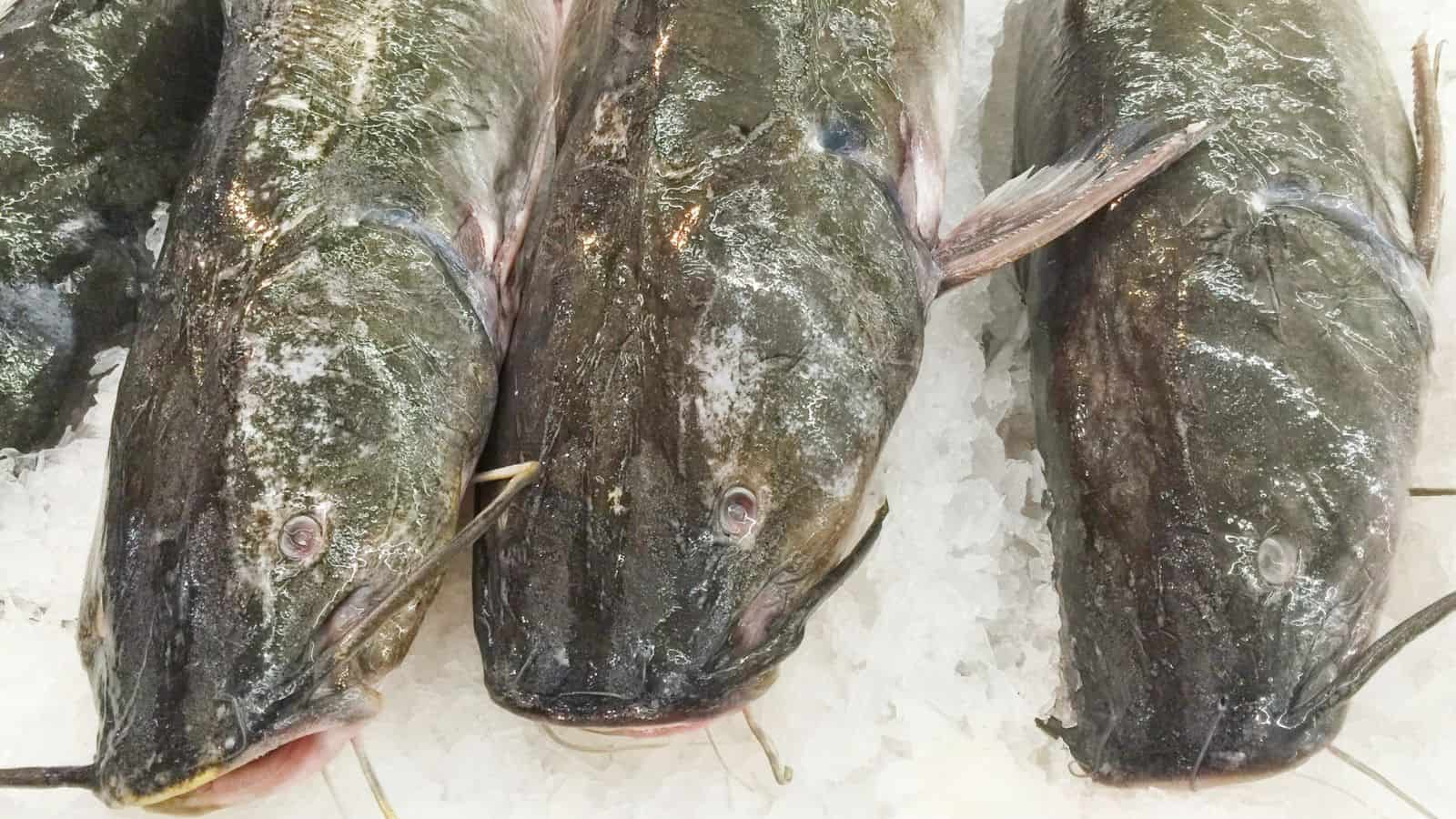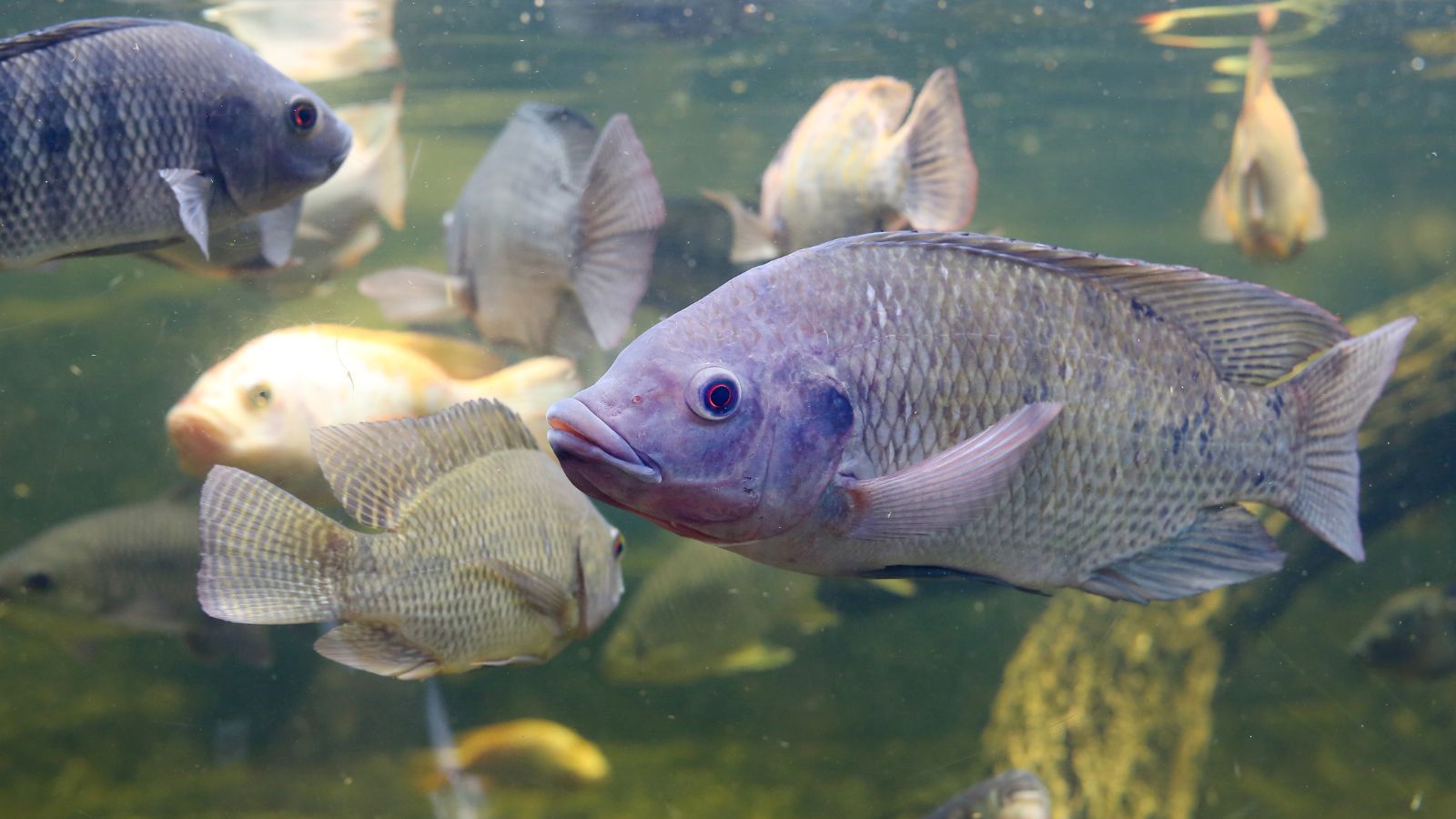Fish, in general, is a very healthy, high-quality protein option, often full of omega-3 fatty acids, vitamin D, and important minerals. Making sure you are eating the right fish is not only important for your health but for the environment as well. Stay clear of these 17 fish when you’re looking for a delicious seafood dinner.
Chilean Sea Bass

Chilean sea bass, or Patagonian toothfish, has now been nearly fished to commercial extinction. Unless people completely stop eating Chilean sea bass, Greenpeace estimates that the entire species could be commercially extinct within five years. These fish can also be high in mercury, and fisheries may be plagued by poor management and bycatch issues.
Orange Roughy

Orange roughy can live up to 150 years, accumulating high levels of mercury. Since they live such long lives, they do not reach maturity for 10–20 years, meaning the population takes a long time to recover. Many restaurants will not serve orange roughy because it has been severely overfished.
Shark

Marianne Cufone, executive director of Recirculating Farms Coalition, warns, “With fewer sharks around, the species they eat, like cownose rays and jellyfish, have increased in numbers, and the rays are eating—and depleting—scallops and other fish.” These predators live long lives, which means they reproduce when they are older and can also contain a lot of mercury and toxins. Shark finning is illegal in the U.S., but its practice in other areas is causing devastation to shark populations worldwide.
King Mackerel

Mackerel is certainly packed with healthy omega-3s. However, the Food and Drug Administration warns pregnant women and children to outright avoid it because of potential health risks, especially with mercury. Atlantic mackerel, on the other hand, is high in omega-3s, low in mercury, and rated a top choice in terms of health and sustainability.
Atlantic Cod

Atlantic cod stocks collapsed in the mid-1990s and were in such disarray that the species has been listed as one step above endangered on the International Union for Conservation of Nature’s Red List of Threatened Species. Although the female cod releases more than a hundred million eggs, only a few can survive to adulthood. If you are craving fish and chips, opt for Alaskan cod.
Atlantic Flatfish (Halibut, Flounder, Sole)

Oceana, the world’s largest ocean conservation group, conducted an investigation and identified the nine worst fisheries in the U.S. based on “wasted bycatch.” Commercial fishermen in the U.S. throw out about 2 billion pounds of “bycatch” a year. If you’ve eaten U.S. halibut, it is probably from this damaging fishery. Due to overfishing and high contamination levels, these flatfish species have secured their spot on the list of fish you should never eat.
Caviar (Sturgeon and Beluga)

Poaching and illegal trade threaten beluga and sturgeon’s survival. The species are also being threatened by an increase in dam building that pollutes the water in which they live. All forms of caviar come from fish that take a long time to mature, which means that it takes a while for populations to rebound. Ocean Wise recommends caviar from blue sturgeon raised in recirculating aquaculture systems in the U.S. as a more sustainable alternative.
Eel

Eel is slow to mature and has been overfished in many parts of the world, bringing some populations to collapse. Asian countries are even looking to American eels, which are threatened among U.S. populations, too. River eels are an integral part of spreading mussel populations that serve as natural water filters. They also tend to readily absorb and store harmful chemicals and contaminants, such as polychlorinated biphenyls (PCBs) and flame retardants.
Imported Catfish

Catfish is popping up as a menu item all over the U.S., but you’re likely getting a fish called pangasius (Vietnamese catfish) or swai fish. Approximately 70–80% of pangasius samples were contaminated with Vibrio bacteria, the microbes behind most cases of shellfish poisoning. Their fish factory farming method results in fish swimming in waste and sludge. They’re also commonly treated with a broad range of antibiotics, in addition to pesticides and disinfectants.
Grouper

Grouper is a fish you should never eat due to its moderately high mercury levels. This species is also highly vulnerable to overfishing. Grouper is also a common target of seafood fraud. Investigations found that many restaurants sell pangasius Vietnamese catfish, king mackerel, or whitefin weakfish as grouper.
Imported Shrimp

Shrimp is the most consumed seafood in the U.S., 90% of which is imported and mostly farm-raised. Shrimp ponds replace mangroves and other coastal plants that prevent erosion of the shoreline and serve as an important buffer from violent weather like typhoons and tsunamis. These shrimp are often contaminated with antibiotics and pesticides.
Swordfish

The main concern with this large predatory fish is elevated levels of mercury. The mercury in this fish is so high that the Environmental Defense Fund recommends women and children avoid it altogether. For men, the recommendation is to eat no more than one serving per month.
Tuna (Bigeye, Yellowfin, Bluefin)

Tuna is the second most popular seafood after shrimp, and we are quite literally eating it to death. Beyond overfishing, Healthline cautions, “Mercury exposure is linked to health issues including poor brain function, anxiety, depression, heart disease and impaired infant development. Though tuna is very nutritious, it’s also high in mercury compared to most other fish.” The only tuna recommended are katsuo/skipjack caught through Pacific trolling or pole and line methods only.
Tilapia

Eating farmed fish like tilapia is leading to highly inflammatory diets, according to a 2008 study. Tilapia is one of the most widely consumed fish in America. This is a problem because it contains low levels of omega-3 fatty acids and very high levels of inflammatory omega-6 fatty acids, which can worsen the symptoms of autoimmune disorders and may be linked to chronic conditions like heart disease, cancer, and diabetes.
Atlantic Salmon (Farmed)

Americans consume a lot of salmon. Unfortunately, most salmon marketed as “Atlantic” salmon is farmed, meaning that fish are raised in conditions often ridden with pesticides, feces, bacteria, and parasites. Farmed salmon is more likely to contain harmful contaminants like PCBs, which are pollutants linked to insulin resistance, obesity, cancer, and stroke. American-farmed salmon is even banned in some countries.
Imported King Crab

Imported King Crab comes mainly from Russia, where there are no protections and the fishery is overharvested. True Alaskan King Crab is a protected U.S. fishery that’s well managed, and stocks are healthy. However, the imported Alaskan King Crab is not Alaskan; it’s an unprotected crab from Russia.
Octopus

Octopuses are extremely smart, making eating them more about ethics. As we have learned more about their intelligence and capabilities, people have started putting them in the same category as dolphins and whales.
Read More: People Who Had Unhappy Childhoods Usually Develop These 18 Traits

People who go through a lot of traumatic experiences while they’re young can find themselves developing traits that stay with them through adulthood. What are these traits? You’ll find 18 of them in this article.
People Who Had Unhappy Childhoods Usually Develop These 18 Traits
17 of the Most Dangerous Cities in the World (6 Are in The US)

Every city has its dangers, but it goes without saying that some places are far more dangerous than others. We’ve compiled a list of 17 of the most dangerous cities in the world in terms of violent crime and homicide rates.
17 of the Most Dangerous Cities in the World (6 Are in The US)
18 Reasons Why No One Is Interested in Working Anymore

The concept of traditional employment has taken a back seat in recent times with changes in economic and social factors, as well as individual preferences. Traditional jobs have also evolved, and many people don’t feel the need to take this route anymore. These are 18 reasons why no one is interested in working anymore.
18 Reasons Why No One Is Interested in Working Anymore
17 Most Friendly Wild Animals in the World

Are you an animal lover looking to learn more about the curious creatures that inhabit our planet alongside us? Discover the amicable side of the animal kingdom. Meet 17 of the world’s most sociable wild animals, from playful sea creatures to gentle land mammals.
17 Most Friendly Wild Animals in the World
17 Phrases Confident People Use to Stand Up For Themselves

Confidence is a healthy and attractive trait that helps us stand firm in our values and set healthy boundaries. We can always become more confident, and learning the right ways to stand up for yourself is a great way to start. Here are 17 phrases you can use to do so.
